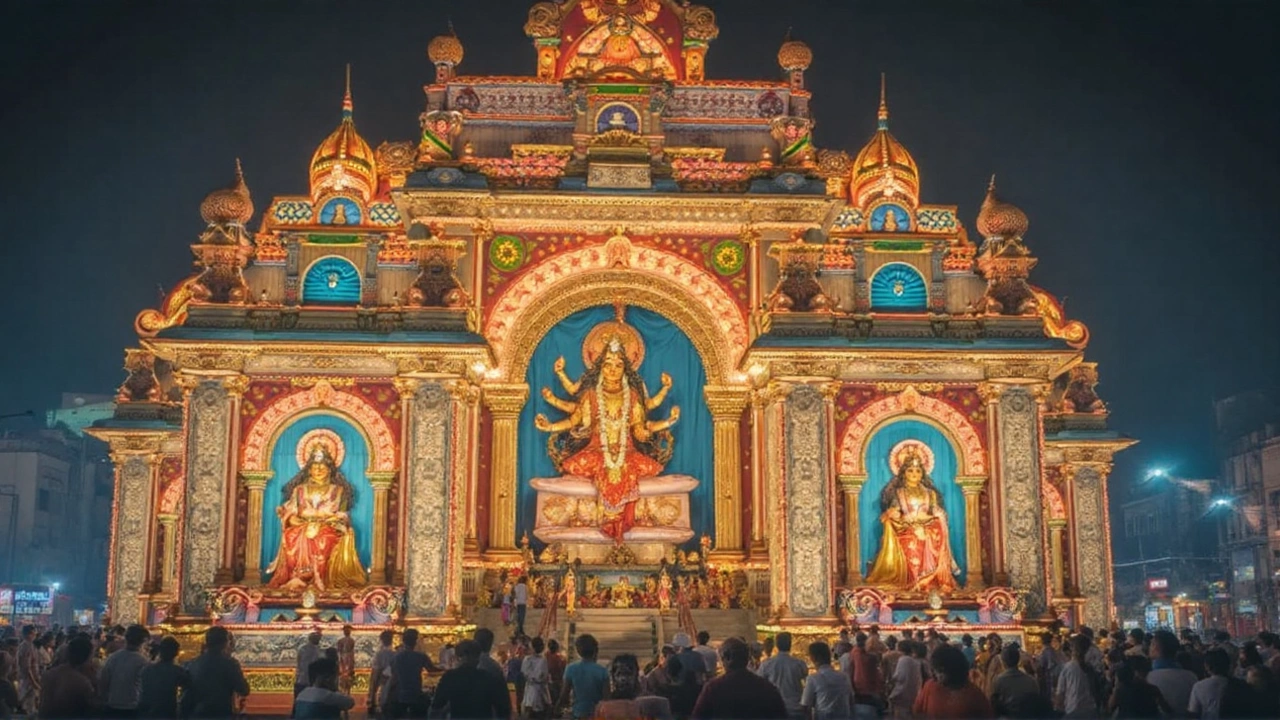Kolkata Flooding: What Triggers It and How You Can Stay Safe
Every monsoon the Hooghly River swells, streets turn into rivers, and families scramble for higher ground. If you live in Kolkata or plan to visit during the rainy season, you need to know what’s behind the floods and what you can do right now to protect yourself.
Why Kolkata Floods Every Monsoon
Kolkata sits on a flat delta, so water has nowhere to run fast. Heavy rains hit the city in short bursts, and the drainage system can’t keep up. Old pipes, illegal constructions, and clogged canals make the problem worse. When the river level rises a few meters, low‑lying areas like Howrah, South Kolkata, and the suburbs get flooded within hours.
Climate change adds another twist. Temperatures are higher, so the atmosphere holds more moisture, leading to more intense downpours. At the same time, rising sea levels push saltwater into the river, slowing the outflow and keeping water in the city longer.
Real Impact on Daily Life
Floods don’t just soak shoes; they disrupt schools, shut down businesses, and damage homes. Power cuts and broken internet connections become common, making it hard to stay informed. Health risks rise too – stagnant water breeds mosquitoes and spreads water‑borne diseases.
For small shop owners, a single flood can wipe out weeks of earnings. For families, the loss of personal items and structural damage can mean months of repair work. Knowing the stakes helps you take the right steps before the water arrives.
Practical Tips to Stay Safe and Reduce Damage
1. **Create a quick emergency kit** – keep a waterproof bag with a flashlight, batteries, basic medicines, some cash, and copies of important documents. You’ll need it if you must leave home fast.
2. **Identify higher ground** – locate the nearest school, community center, or any building on a hill. Mark the route on a map and practice walking there with family members.
3. **Secure your home before the monsoon** – clear gutters, check that pumps work, and move valuable items to upper floors. Using sandbags around doorways can slow water entry.
4. **Stay informed** – follow local weather alerts on your phone or radio. The West Bengal Meteorological Department issues warnings a day or two ahead of major floods.
5. **Plan for evacuation** – know the bus numbers or private vehicle services that operate during floods. Keep a list of contacts, including neighbors, who can help each other.
6. **After the water recedes** – wear protective gloves, disinfect surfaces, and watch for mold. Check electrical outlets before plugging anything in.
These steps cost little time but can save a lot of stress when the waters rise.
Living in Kolkata means sharing a city that loves its monsoon as much as it fears it. By understanding why floods happen and acting early, you turn a scary season into a manageable one. Stay alert, stay prepared, and keep your family safe.
Record Rainfall Floods Kolkata, Leaving 12 Dead and City Paralyzed
On September 24, 2025, unprecedented rain turned Kolkata into a waterlogged nightmare, killing at least 12 people and halting transport, commerce, and daily life. Most deaths were caused by electrocution, with others drowning in rapidly rising floods. Emergency crews struggled to rescue stranded residents while the city’s drainage system collapsed. Officials warned low‑lying neighborhoods that water would recede slowly, even as the city prepared for a major upcoming festival.
READ MORE